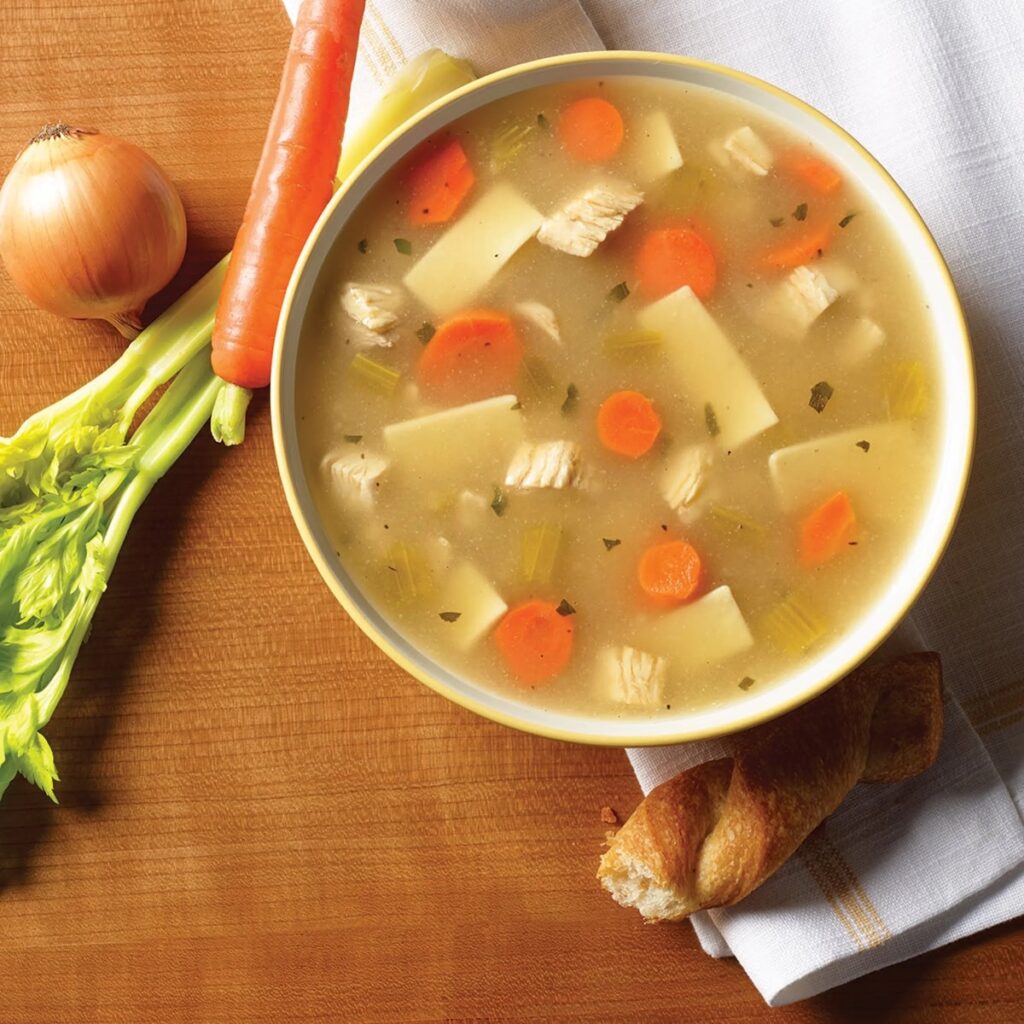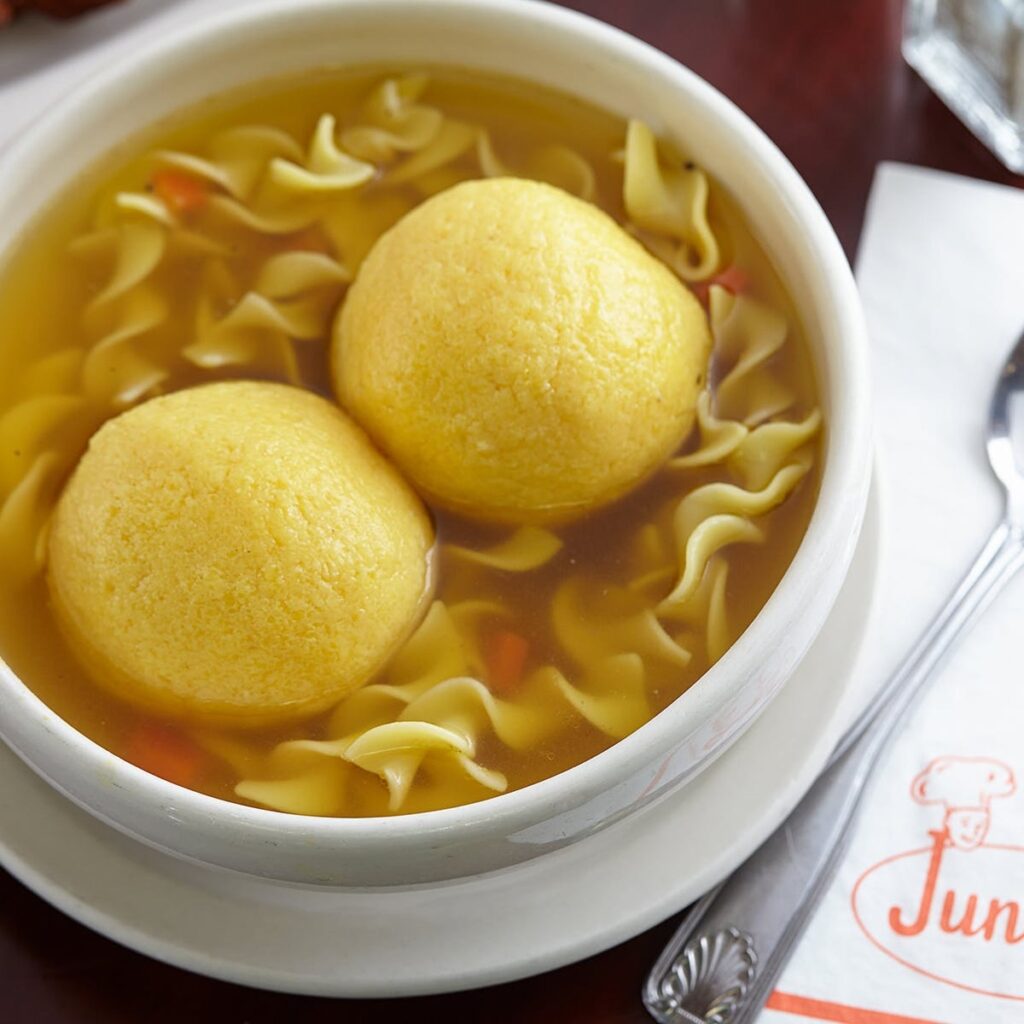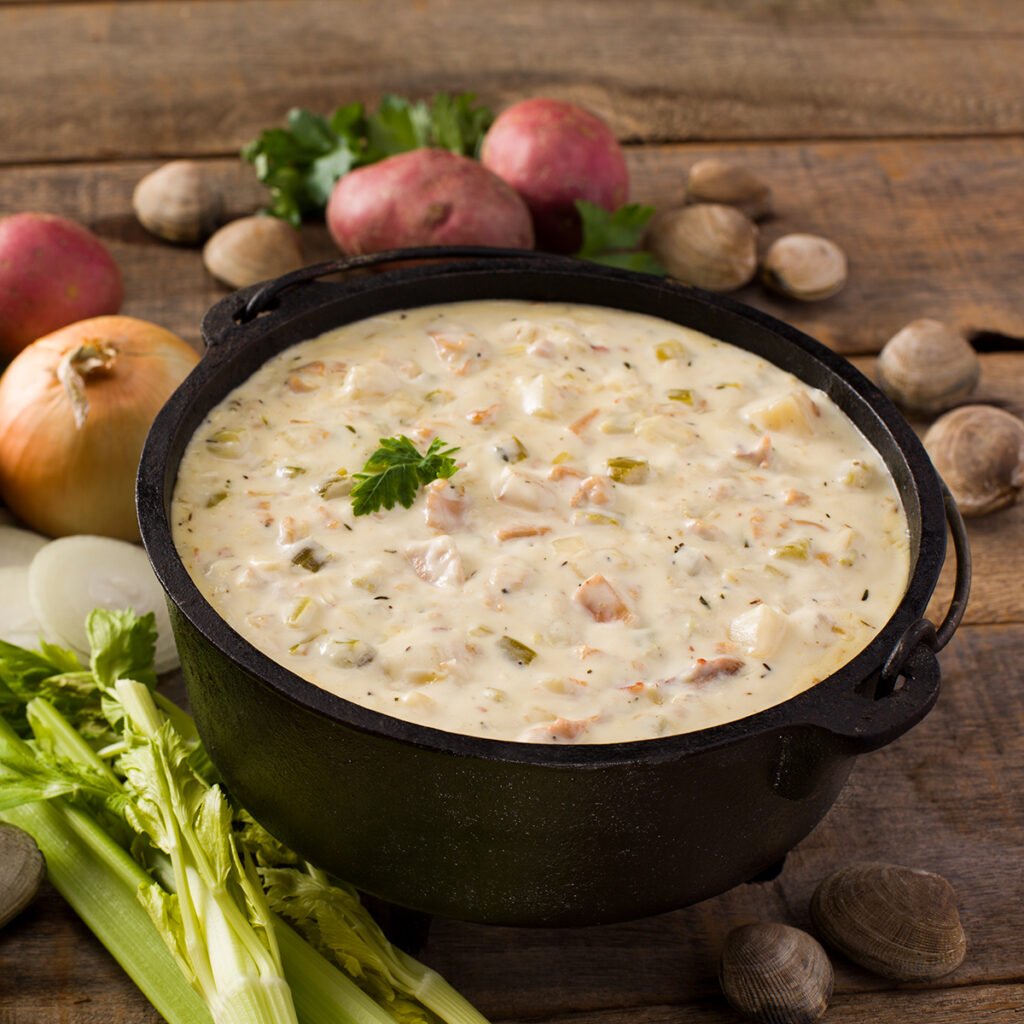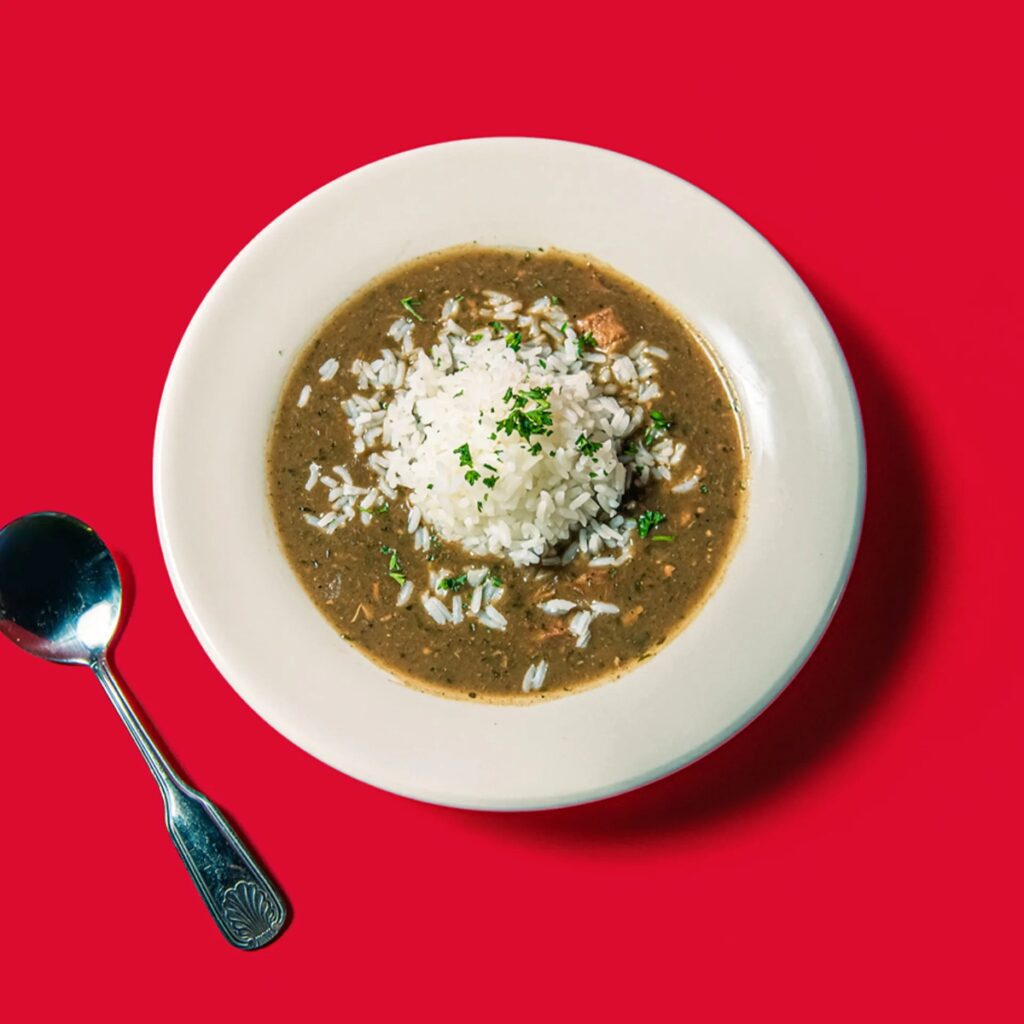In this article
TAKING STOCK OF TWO SOUP-ER ASIAN NOODLE SOUPS
Nothing beats a souper duper cup of pho or ramen, particularly on a cold winter day. Each noodle soup’s savory broth hits different than classic chilis and chowders, beautiful broths and bisques, veggie soups, and beef stews.
Pho and ramen are popular Asian soups that soothe the soul. While equally sippable, pho and ramen are not the same.
What is Pho?
Phở (pronounced “fuh”) is a famous Vietnamese soup. It comes in several versions like beef and chicken. This soup, often sold at Vietnamese street stalls, is topped with fresh herbs and lime.
The ingredients vary but always include:
- Bean sprouts
- Chiles
- Clear bone broth
- Fish sauce
- Herbs like basil
- Lime
- Meat like beef, brisket, tendon, or tripe
- Rice noodles
- Spices
Pho is sipped year round, but it is especially comforting as a cold remedy. The soup contains anti-inflammatory spices with healing properties like:
- Cardamom
- Cloves
- Coriander
- Ginger
- Green onion
- Star anise
Pho from Northern Vietnam usually includes Thai chiles. Pho from Southern Vietnam typically has Jalapeño or serrano chiles.
What Does Pho Taste Like?
Pho is simple yet flavorful. This warm, savory soup is light, making it perfect for summer sipping as well as winter slurping. The spices in pho make it aromatic, and the herbs and lime make it bright and tart.
What is Ramen?
Ramen is a famous, savory Japanese noodle soup. This umami-packed Japanese soup with firm, yellow noodles is packed with nutrition. This Japanese comfort food was introduced by Chinese immigrants and is sold at ramen-ya (ramen shops) throughout Japan.
There are thousands of types of ramen. The ingredients vary but always include:
- Broth
- Ramen noodles made with wheat flour and kansui (an alkaline mineral water)
- Toppings
The soup’s noodles are springy and have a wonderful mouth-feel when slurped. Some ramen restaurants allow diners to choose thin, regular, or thick noodles as well as regular or firm cooked noodles. The noodles may be straight or wavy.
Ramen is customizable and eaters typically pick their toppings. Popular ramen toppings include:
- Butter
- Chashu (sliced pork)
- Chili oil
- Naruto (cured fish)
- Nori (seaweed)
- Soft-boiled egg
- Vegetables like bamboo shoots, bean sprouts, corn, green onion, and wood ear mushroom
Ramen may be made mild or spicy. Ramen are primarily differentiated by tare, which is the primary seasoning or sauce that serves as a flavor base. There are four main ramen styles:
- Miso: Rich and hearty brown broth consisting of a clear soup base or tonkotsu soup base mixed with nutty miso (soybean paste).
- Shio (“salt”): Light broth solely seasoned with salt. Shio ramen broth is pale, yellow, and lighter than other ramen broths. Shio ramen broth is typically made with chicken, but it can also be made with fish or vegetables.
- Shōyu (“soy sauce”): Broth seasoned with soy sauce. The brown broth is clear and is typically made with chicken and vegetables.
- Tonkotsu: Cloudy white and golden broth made by boiling pork bones, pork fat, collagen, kombu (kelp), mushrooms, and katsuobushi (tuna flakes). Tonkotsu broth is creamier, darker with a milky looking consistency, and richer than the other ramen broths.
Within these styles, there are many regional ramen variations, including Sapporo, a miso-based ramen soup combined with a tonkotsu base. It is topped with corn and a pat of butter along with other toppings.
A newer and popular ramen variation is tsukemen. Invented in Tokyo in the 1960s, this style of ramen is served with the noodles on the side. Cold or room temperature noodles are dipped with piping hot concentrated broth before slurping.
Ramen is not the same as the super cheap, just-add-water instant noodles sold in microwavable packets, cups, and bowls at grocery stores.
Read More: What Is Ramen, Exactly?
How is Pho Different From Ramen?
The main differences between pho and ramen are the broths, noodles, and toppings. Pho noodles are clear, tender, and made with white rice flour. Ramen noodles are yellow, bouncy, and made with wheat flour.
Pho has a clearer and lighter soup than ramen. Ramen is hearty and has a creamier and more complex broth. Ramen is an umami-rich soup with more intense flavors than pho.
Both soups are eaten with a soup spoon in one hand and chopsticks in the other. Ramen noodles should be slurped to cool the noodles and enhance the flavor.
Read More: Best Soups for a Cold
Does Pho Have More Sodium Than Ramen?
No, ramen has more sodium than pho. The amount of sodium in ramen depends on the broth. Pre-packaged store-bought ramen is higher in sodium than restaurant prepared or homemade ramen.
Pho is packed with ingredients that may reduce inflammation and fight colds. Pho may also boost joint health. Pho is also high in sodium. The broth and fish sauce contribute to the elevated sodium content.
Most Famous Pho & Ramen
Let’s noodle around. We’ve ladled the best bowls of un-pho-gettable pho and ridiculously good ramen.

Phorage
Los Angeles’ modern Vietnamese eatery Phorage makes some of the best bowls of pho — pho real. Since 2013, Phorage chef and co-founder Perry Cheung has been using locally-grown produce and sustainable proteins in his fragrant and pho-nomenal pho.
Menya Jiro Ramen
Founded in Kagoshima, Japan, in 2010, Menya Jiro Ramen makes some of the most superlative and slurpable ramen in the world. Their signature ramen combines pork tonkotsu and chicken broths. It’s made with soy sauce and seasonings directly imported from Kagoshima, a seaside city on Kyushu Island.
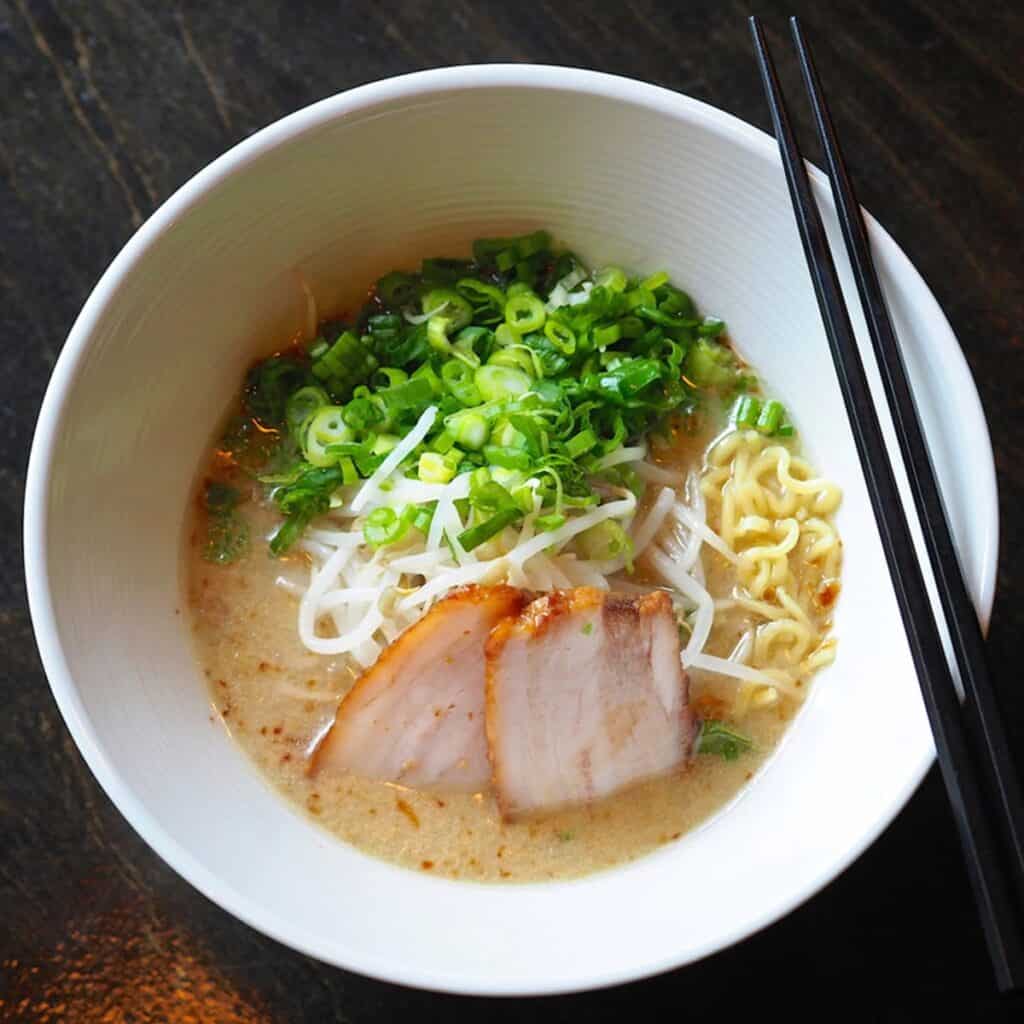

AFURI
Named after Mount Afuri in Kanagawa prefecture, AFURI makes a lighter and brighter ramen than most ramen shops. Founded by Hiroto Nakamura. AFURI adds yuzu, a Japanese citrus fruit, to its chicken-based broth, making it one of the best and most balanced ramens ever.
Soup’s on! Be a souper hero and stock up on soups like pho and ramen plus shop our Soup Sale shipping nationwide on Goldbelly!
Read More: The Best Ramen









